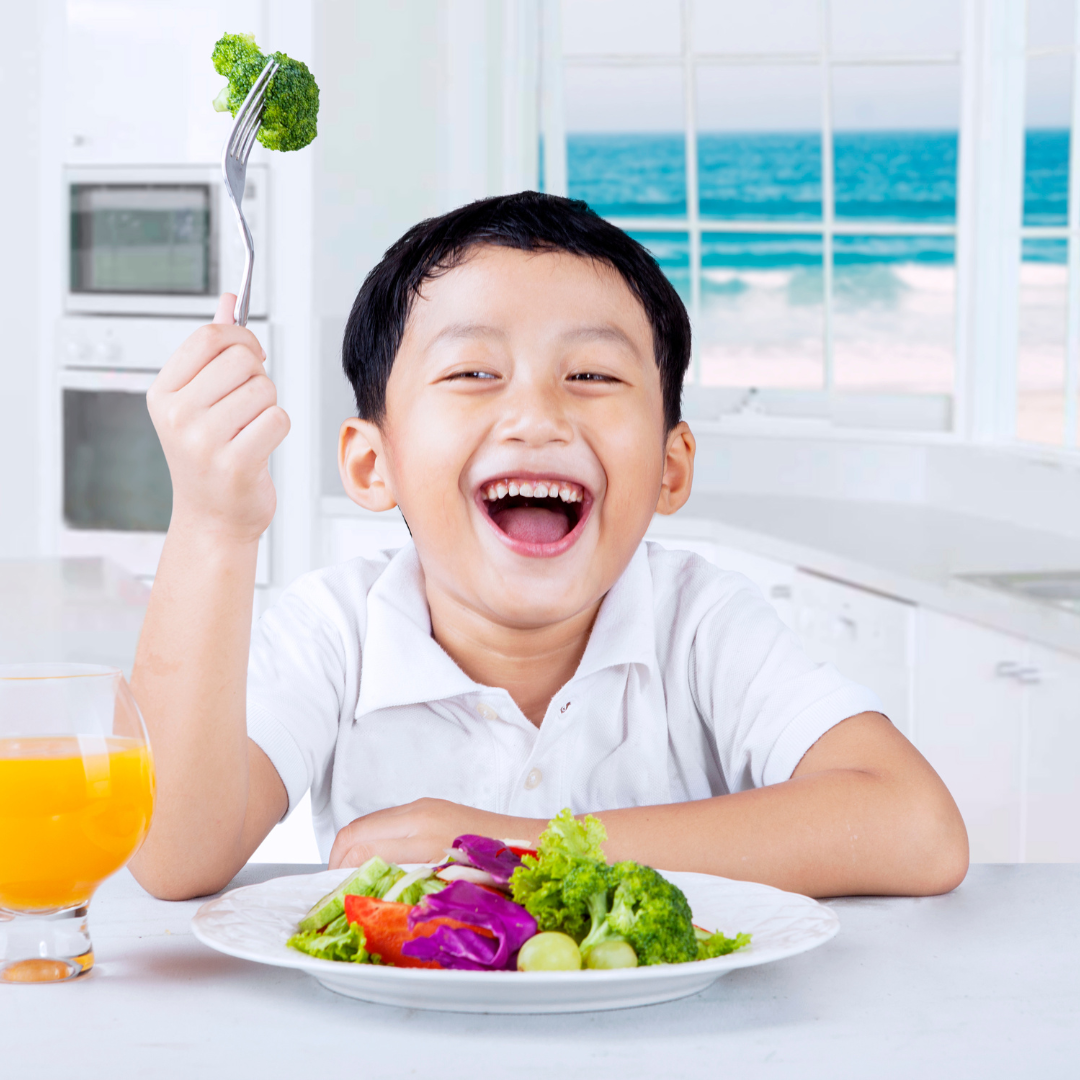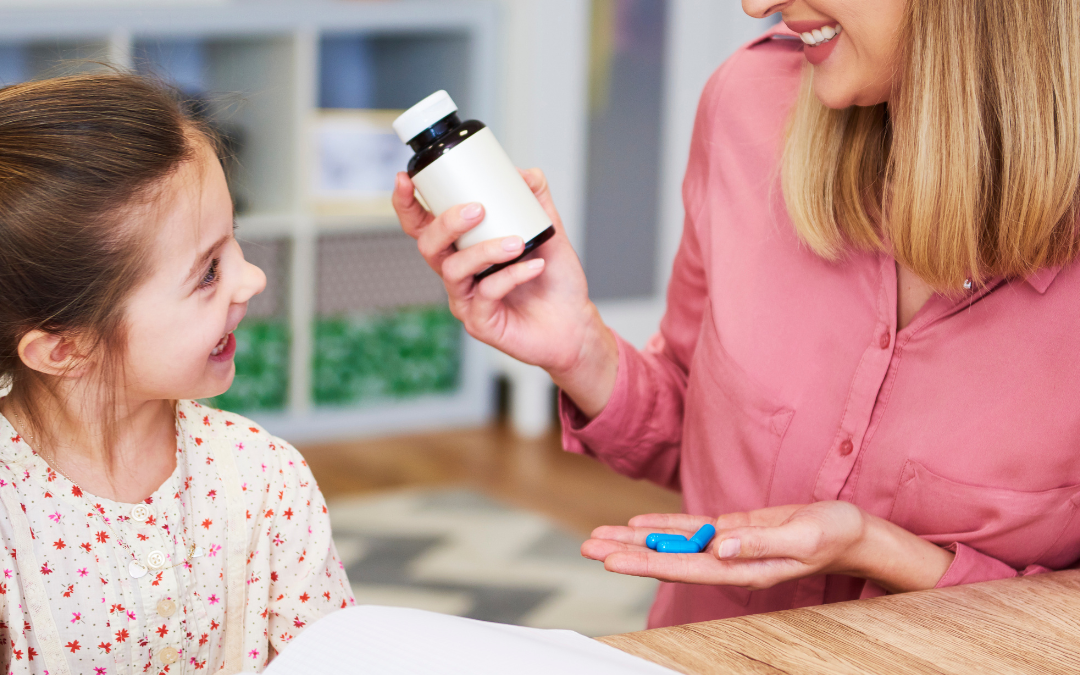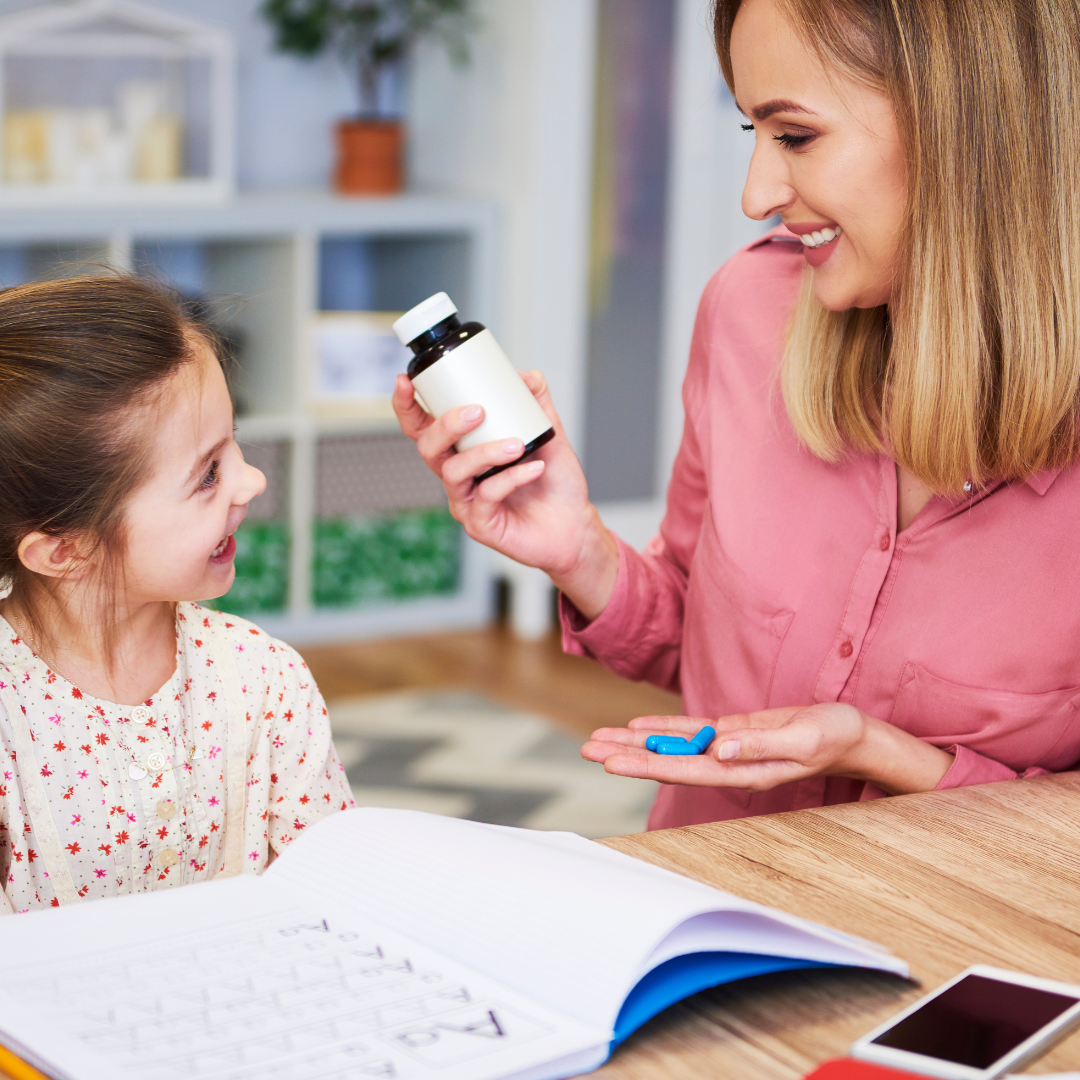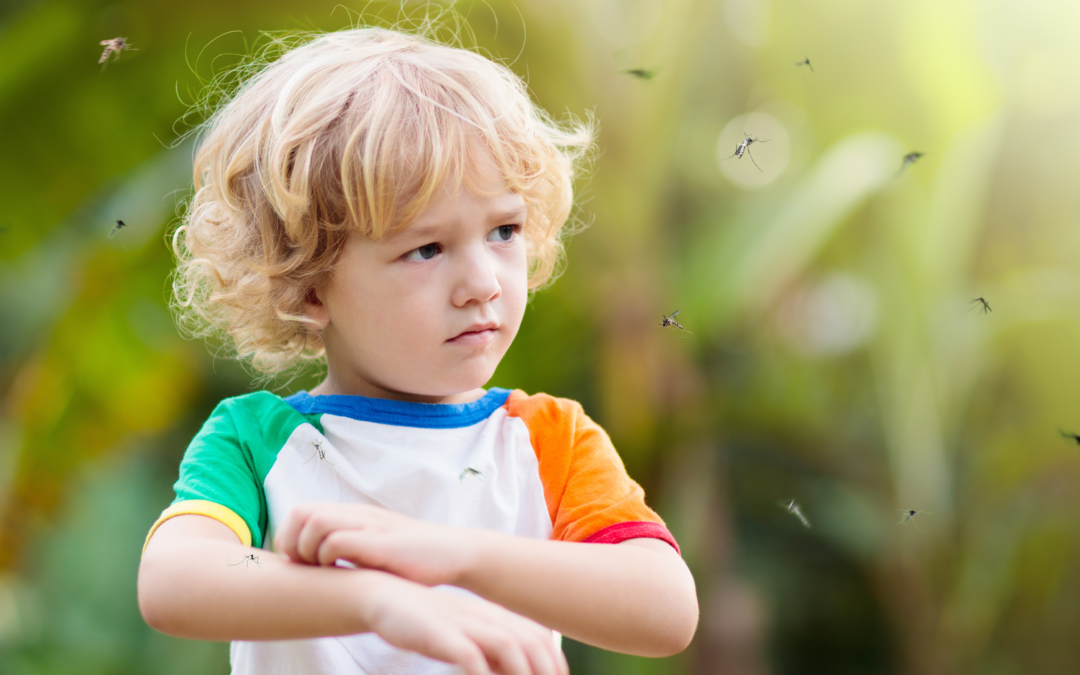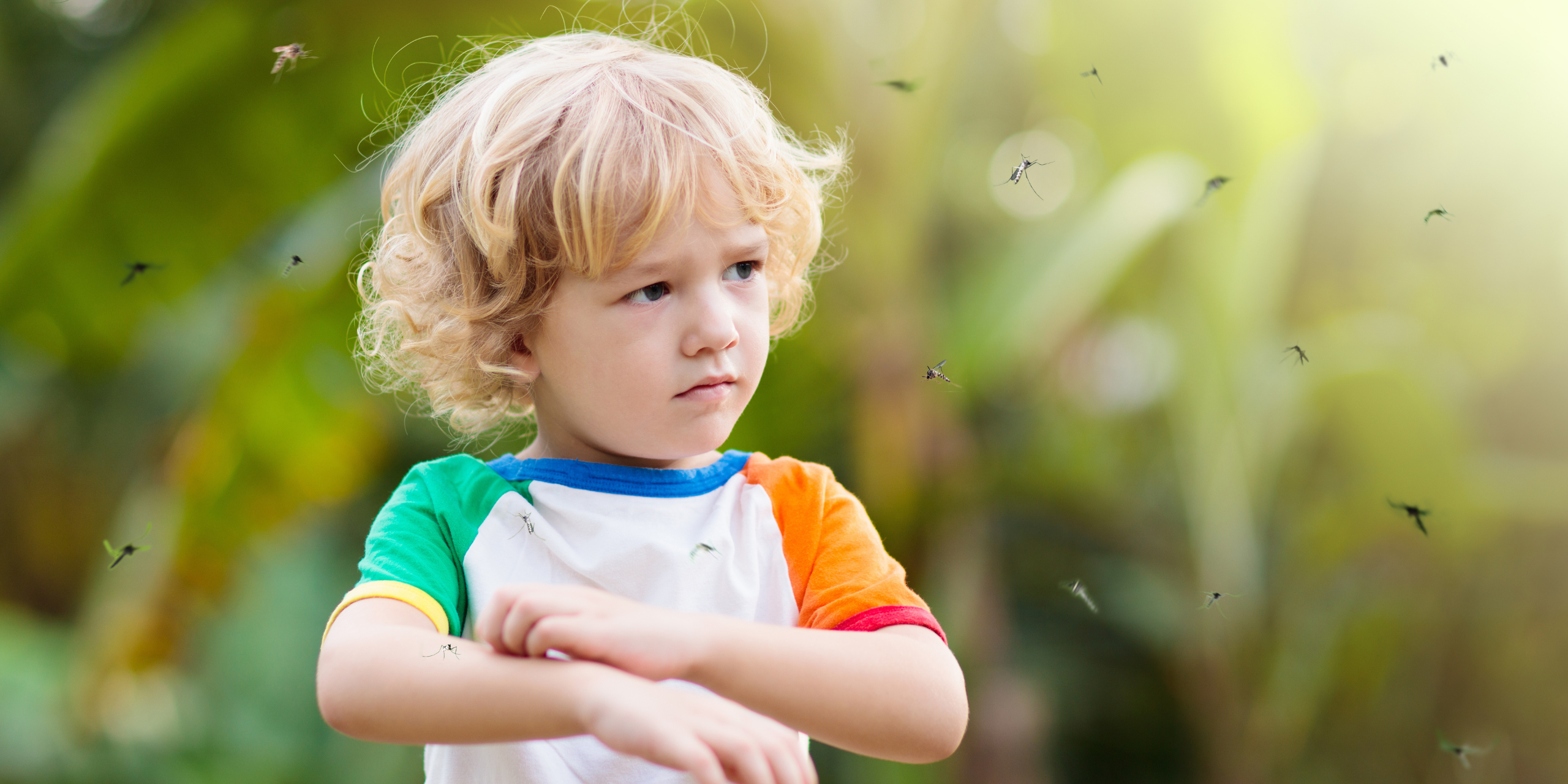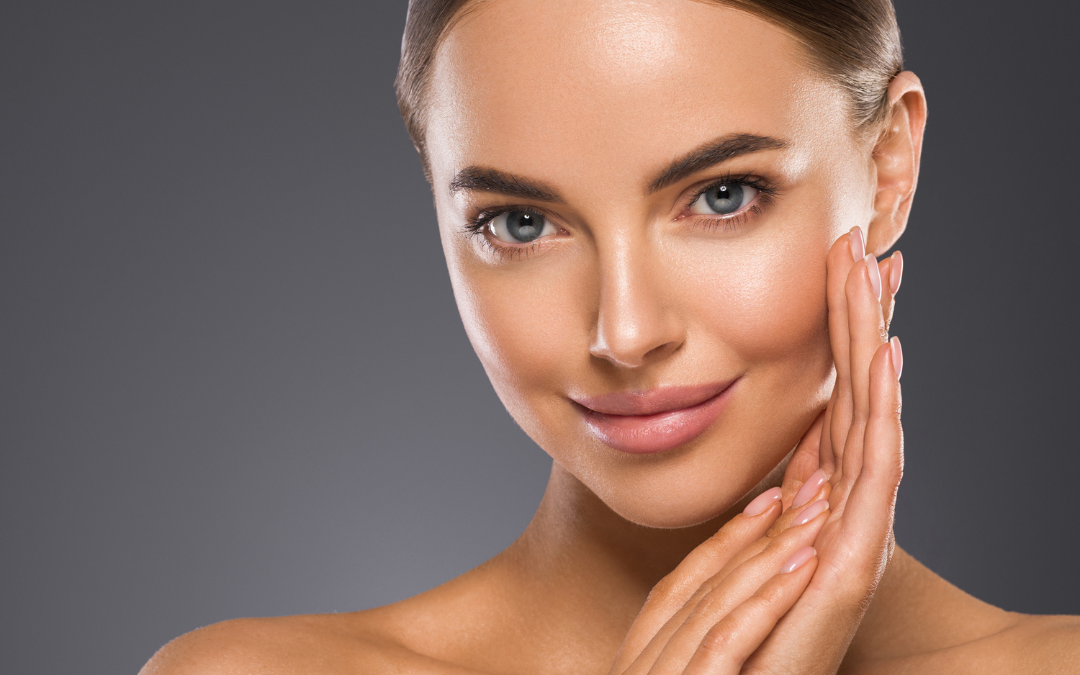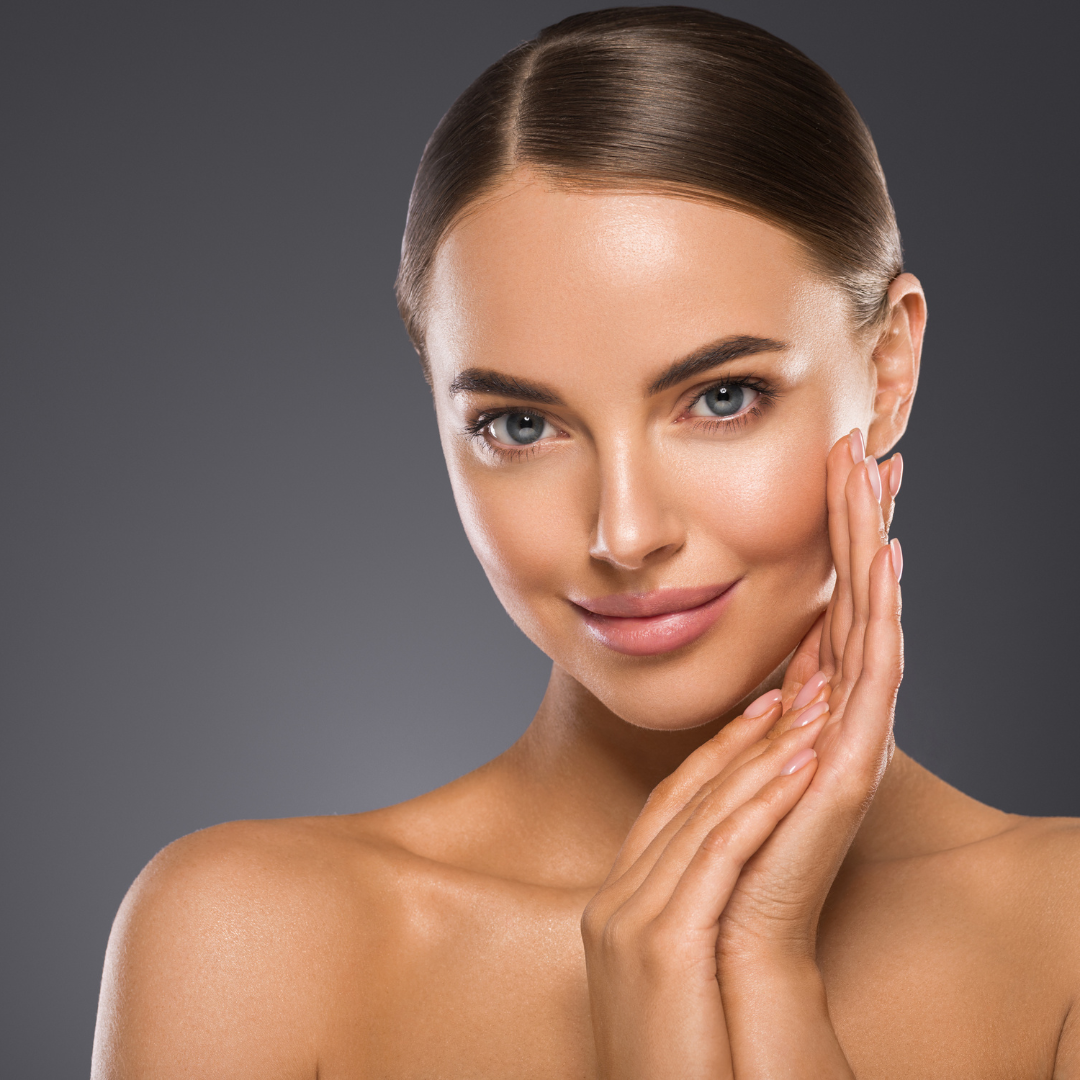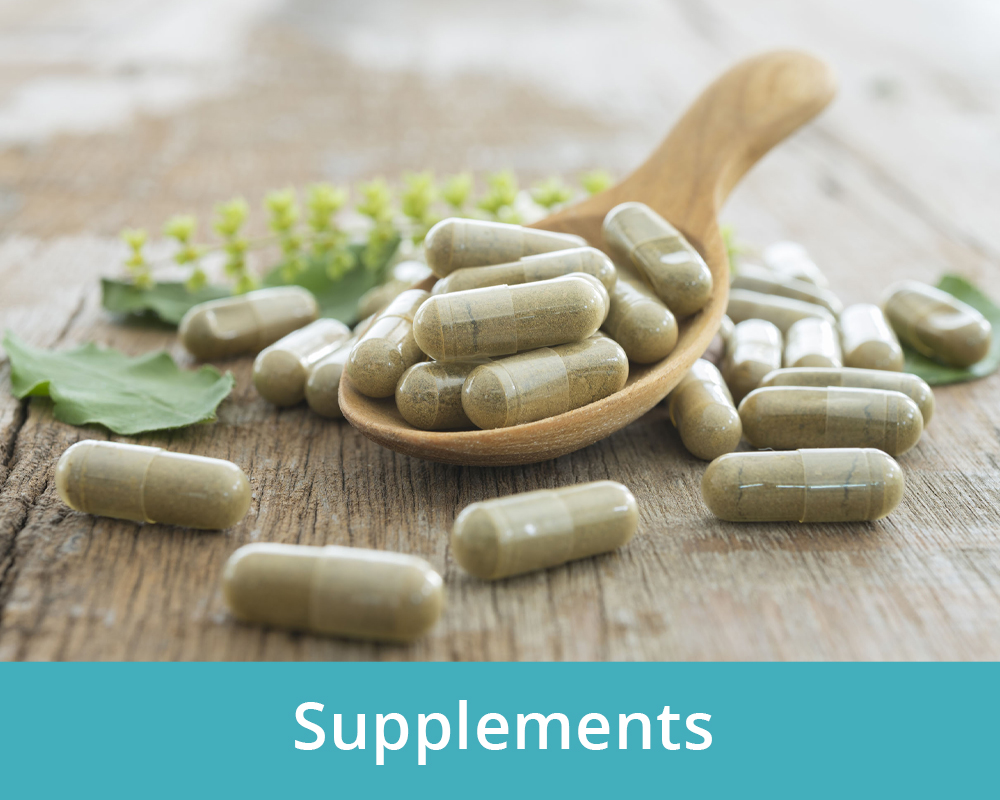
Dopamine Addiction, Depletion, and Detoxification: A Comprehensive Guide

Dopamine, is a chemical messenger in the brain, that plays a crucial role in how we experience pleasure, motivation, and reward. It helps us get up in the morning, enabling us to initiate tasks and get things done.
It also drives us to seek out things that make us feel good, from food and social interactions to more modern stimuli like social media, video games, or even addictive substances. However, overstimulation of dopamine pathways can lead to addiction, depletion, and a range of negative mental health consequences. This is where the concept of dopamine detoxification, or “dopamine detox,” has gained popularity. Let’s explore dopamine addiction, its effects on the brain, and how to manage it through a dopamine detox.
Understanding Dopamine Addiction and Depletion
What is Dopamine Addiction?
Dopamine addiction is not a formal medical diagnosis, but it refers to the compulsive need to engage in activities that stimulate the release of dopamine. Many of these behaviors give us a short-term reward or a sense of pleasure, causing the brain to seek them repeatedly. These activities can include:
- Social media scrolling (likes, comments, shares, videos),
- Video gaming (unlocking rewards, achievements),
- Watching TV or binge-watching series,
- Consuming fast food, caffeine, or sugary snacks,
- Online shopping,
- Gambling or risky behaviors,
- Sex,
- Substance abuse (drugs, alcohol, nicotine).
The more frequently you engage in these activities, the more dopamine is released. Over time, this can lead to a craving for the dopamine “hit” and the need to engage in these activities more often to feel the same level of satisfaction. This is because the brain becomes less sensitive to dopamine (tolerance), and the same stimulus no longer produces the same effect.
While dopamine isn’t the sole cause of addiction, its motivational properties are thought to play a role. Remember, the reward center in your brain releases dopamine in response to pleasurable experiences. This part of your brain is also closely linked to memory and motivation. Rewards are things we both like and want. The liking and wanting of these things is separately assigned, and dopamine is responsible for the wanting.
To break down this dual system, take the example of a text notification sound. You hear the sound go off, and you want to see what the text says. That’s because the notification sound has triggered dopamine. These [social media] cues are perfect little triggers for dopamine systems—whether we’re liking these things or not.
While getting a hit of dopamine from a new text can be invigorating, it can become distracting and distressing if it goes too far. If you feel drawn in by social media, which continually retriggers a state of desire, or another source of constant dopamine, it might be the time that you need to distance yourself or escape the source.
Dopamine Depletion
When the brain is constantly bombarded with high dopamine-releasing activities, it can cause long-term problems. Overstimulation can lead to dopamine depletion, meaning your brain struggles to release enough dopamine in response to regular, non-stimulating activities. This can result in:
- Low motivation,
- Difficulty feeling pleasure (anhedonia),
- Decreased focus and productivity,
- Mood disorders like depression and anxiety.
- In essence, activities that used to bring joy or satisfaction—like going for a walk, reading, or spending time with friends—may no longer feel rewarding. This can lead individuals to seek even more intense dopamine-releasing activities, further exacerbating the cycle.
What is Dopamine Detox?
Dopamine detox is a modern practice designed to “reset” the brain’s reward system by temporarily reducing or eliminating activities that overstimulate dopamine release. The goal is to give the brain a break from the constant influx of stimuli and help it regain its sensitivity to normal levels of dopamine.
How Does Dopamine Detox Work?
The idea behind dopamine detox is to temporarily abstain from activities that cause intense dopamine spikes. During this period, people avoid high-stimulation behaviors and instead focus on less stimulating, often more reflective activities, such as:
- Meditation or mindfulness,
- Reading (non-digital),
- Journaling,
- Nature walks,
- Spending time with loved ones without distractions,
- Practicing gratitude or self-care.
Steps for a Dopamine Detox1
- Identify High-Dopamine Activities: The first step is to assess which activities are overstimulating your brain. These can include the use of digital devices, consumption of unhealthy foods, or any other behavior you suspect may contribute to your dopamine overload.
- Set a Time Frame: Dopamine detox can be done for varying lengths of time. Some people try it for a few hours, while others may engage in it for 24 hours, a weekend, or even longer. The key is consistency and self-discipline.
- Replace with Low-Dopamine Activities: During the detox, replace dopamine-triggering activities with ones that stimulate thought and creativity but don’t lead to constant spikes of pleasure. For example, instead of watching TV, go for a quiet walk or engage in reflective writing.
- Practice Mindfulness: A dopamine detox also serves as a time to be present and mindful. Practicing mindfulness can help increase your awareness of how different activities affect your mood and mental state.
- Gradually Reintroduce Stimuli: After completing the detox, the idea is not to completely avoid pleasurable activities but to engage with them in moderation. Reintroducing stimulating activities gradually can help you regain control over them without falling into addictive behaviors.
Outcomes of Dopamine Detox
Regained Sensitivity to Normal Dopamine Levels
One of the primary benefits of a dopamine detox is that it allows your brain to reset its dopamine sensitivity. After the detox, activities that may have felt dull or uninteresting—such as enjoying nature, reading, or engaging in meaningful conversations—may start to feel rewarding again.
Improved Focus and Productivity
By eliminating distractions like social media and gaming, many people report an increase in focus, productivity, and mental clarity. Without the need to constantly seek out the next dopamine hit, the brain can allocate more resources to essential tasks and creative thinking.
Better Emotional Regulation
Detoxing from dopamine-driven habits can lead to better emotional regulation. People often feel more in control of their emotions, less reactive, and experience fewer mood swings. This can also lead to greater emotional resilience and reduced stress.
Improved Mental Health
Many people who experience dopamine depletion due to overstimulation suffer from anxiety, stress, or depression. A successful dopamine detox can help alleviate these symptoms by reducing the overstimulation of the brain’s reward system and encouraging healthier habits.
Specific Activities Related to Dopamine Release
Not all activities trigger dopamine in the same way. Some cause large dopamine spikes, while others produce smaller, more consistent releases. Understanding these activities can help in planning a balanced lifestyle:
- High-Dopamine Activities:
- Social Media: Likes, notifications, and interactions produce quick bursts of dopamine.
- Video Games: Instant rewards, achievements, and interactive engagement flood the brain with dopamine.
- Food and Drink: Sugary, fatty, and high-carb foods trigger strong dopamine releases, leading to cravings.
- Substance Use: Drugs, alcohol, and nicotine directly affect the brain’s dopamine pathways, causing addictive patterns.
- Moderate-Dopamine Activities:
- Exercise: Physical activity releases dopamine over time, which can boost mood and energy levels.
- Social Interaction: Meaningful conversations and social bonds lead to consistent dopamine release, enhancing well-being.
- Learning: Acquiring new skills or knowledge provides a steady source of dopamine as the brain rewards progress.
- Low-Dopamine Activities:
- Meditation: A calming activity that helps reduce the constant chase for dopamine, encouraging balance.
- Creative Hobbies: Painting, writing, or knitting can engage the brain in a more reflective and rewarding way.
- Gratitude Practice: Acts of kindness and gratitude help release dopamine steadily and encourage long-term happiness.
Conclusion
Dopamine addiction, depletion, and detoxification are concepts that reflect our modern society’s overstimulation. While dopamine plays a vital role in driving pleasure and motivation, it’s important to be mindful of how certain activities can lead to addiction and mental health issues. A dopamine detox can help reset the brain’s reward system, improving focus, emotional regulation, and overall well-being. By balancing high-dopamine activities with more mindful and creative practices, we can cultivate a healthier, more sustainable relationship with the pleasure centers of our brain.
If you feel you or your loved one struggles with low dopamine related to depression, check out our Reclaim Your Happiness online nutrition program.


